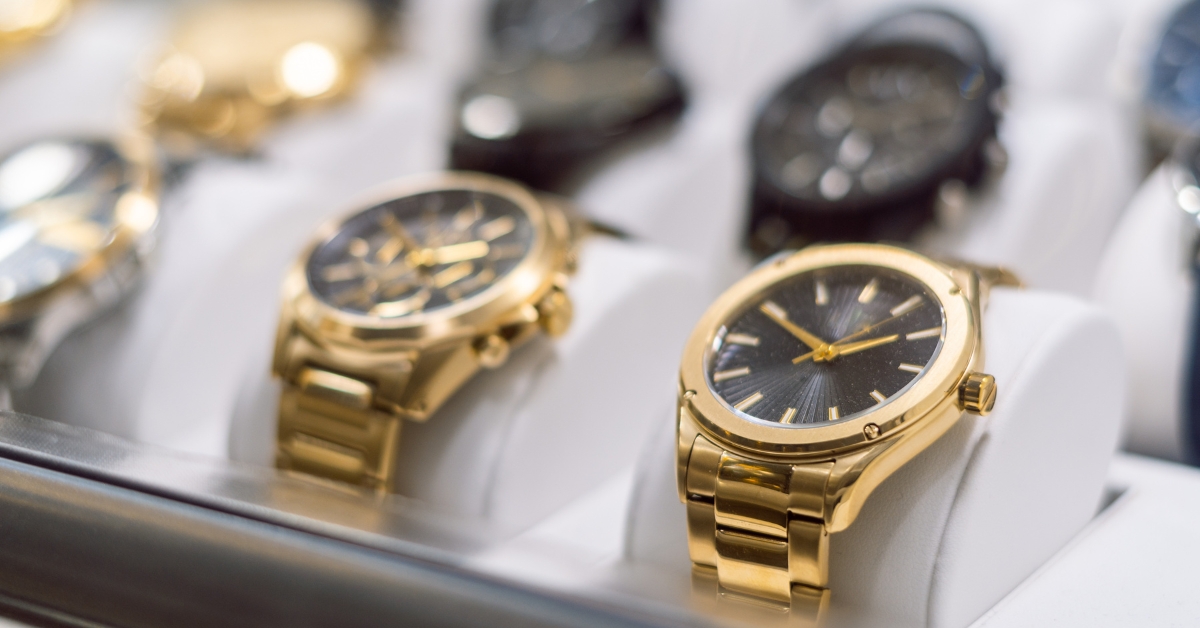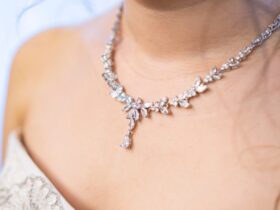Luxury watches often sit in a strange middle ground. Some see them as flashy and unnecessary, others see them as timeless and prestigious. But here’s the truth most people miss: a high-end watch can be a surprisingly smart investment.
We’re not talking about fashion watches or trend pieces. This is about the heavy hitters in the watch world: the names that have held value for decades and often increased in worth. Think of the ones worn by collectors, passed down in families, and sold at auction for staggering sums.
If you’ve ever considered investing in a luxury watch, or you’re curious about why these timepieces hold such long-term appeal, there’s more behind them than good looks and famous logos.
Why Watches Hold Their Value So Well
Scarcity Drives Desire
The best investment-grade watches are produced in limited numbers. When something is hard to get, it becomes more desirable. Brands known for tight production schedules don’t flood the market. That scarcity, over time, fuels higher resale value.
Craftsmanship and Materials
You’re not just buying a name. You’re buying decades of design, rare materials, and often hand-assembled movements that take months to perfect. A well-maintained luxury watch can last generations and still function like new.
Global Demand
The resale market for high-end watches isn’t limited by borders. Demand spans continents. A sought-after model can be resold anywhere, which means your investment is not tied to one economic market.
What Makes a Watch a Strong Investment?
Not every luxury watch will rise in value. Some depreciate the second you walk out of the store. But others steadily climb in price. Here’s what separates the winners from the rest.
1. Brand Reputation
Some watchmakers, like Rolex, have earned a reputation for delivering lasting quality and prestige. Luxury watches from names like this often have better resale value, especially when paired with limited production runs or unique features.
2. Model History and Legacy
A watch with a history tends to do well. If a model has been around for decades or has strong cultural or historical significance, it’s more likely to rise in value. Models tied to famous events or public figures often hold an edge.
3. Rarity and Production Numbers
Limited editions or discontinued models are often where serious value appreciation happens. When something becomes impossible to find in new condition, the resale market heats up.
4. Condition and Documentation
Value increases when the watch is in excellent condition. Original box, papers, servicing history—these all add credibility and trust, which matters a lot in luxury resale.
5. Material and Movement
Some materials age better than others. Precious metals and rare dial colors, as well as complex movements like chronographs or perpetual calendars, often do better over time than standard models.
When and How to Invest
You don’t need to be an expert collector to get started, but it does help to be intentional. Start by understanding why you’re buying the watch. Is it for personal enjoyment, or are you aiming for long-term profit? Ideally, it’s a mix of both.
Be cautious with trends. What looks hot today might be cold in five years. Focus on classic models with a solid history. And if you’re buying pre-owned, make sure everything checks out. Authentication, condition, service history—skip these steps and you could be left with a problem, not a profit.
Common Mistakes to Avoid
It’s easy to get caught up in the excitement of a luxury purchase. But here’s where things can go wrong:
- Buying trendy over timeless – Fads fade. Stick to classic styles and proven performers.
- Ignoring servicing costs – Maintenance isn’t cheap. Know what you’re in for before buying.
- Skipping research – Resale value varies by model, year, and even dial color. Get to know the details.
- Overpaying at retail – In some cases, it might be smarter to buy pre-owned if the value has already stabilized.
- Flipping too soon – Most investment watches gain value slowly. Expect to hold for years, not months.
Spotting Signs of a Promising Watch
If you’re looking for a few key traits that often show up in strong investment watches, here’s a helpful breakdown:
- Classic design – Styles that haven’t changed much over decades tend to age well
- Mechanical movement – Quartz rarely gains value unless very rare
- Documented service history – Especially important in the pre-owned market
- Low production numbers – Limited editions or discontinued runs usually appreciate
- Steel or gold cases – These materials age better and hold value longer
- Dial color rarity – Odd colors can sometimes fetch a premium
More Than Money: The Emotional Value
Yes, investment is about returns. But a luxury watch also brings personal value. You wear it. You connect memories to it. It’s not like stocks or crypto. You’re holding something tangible, something crafted with intention.
Watches can be passed down, gifted, or worn for decades. They often carry sentimental weight that no other asset class really offers. That emotional tie can matter more than price tags.
Time Can Be On Your Side
Luxury watches aren’t guaranteed goldmines, but when chosen wisely, they can outperform many traditional assets. They offer a unique combination of function, style, heritage, and investment potential.
Think long term. Look for proven models. And buy what you actually like wearing. After all, the best kind of investment is one you’ll enjoy every day, right there on your wrist.







